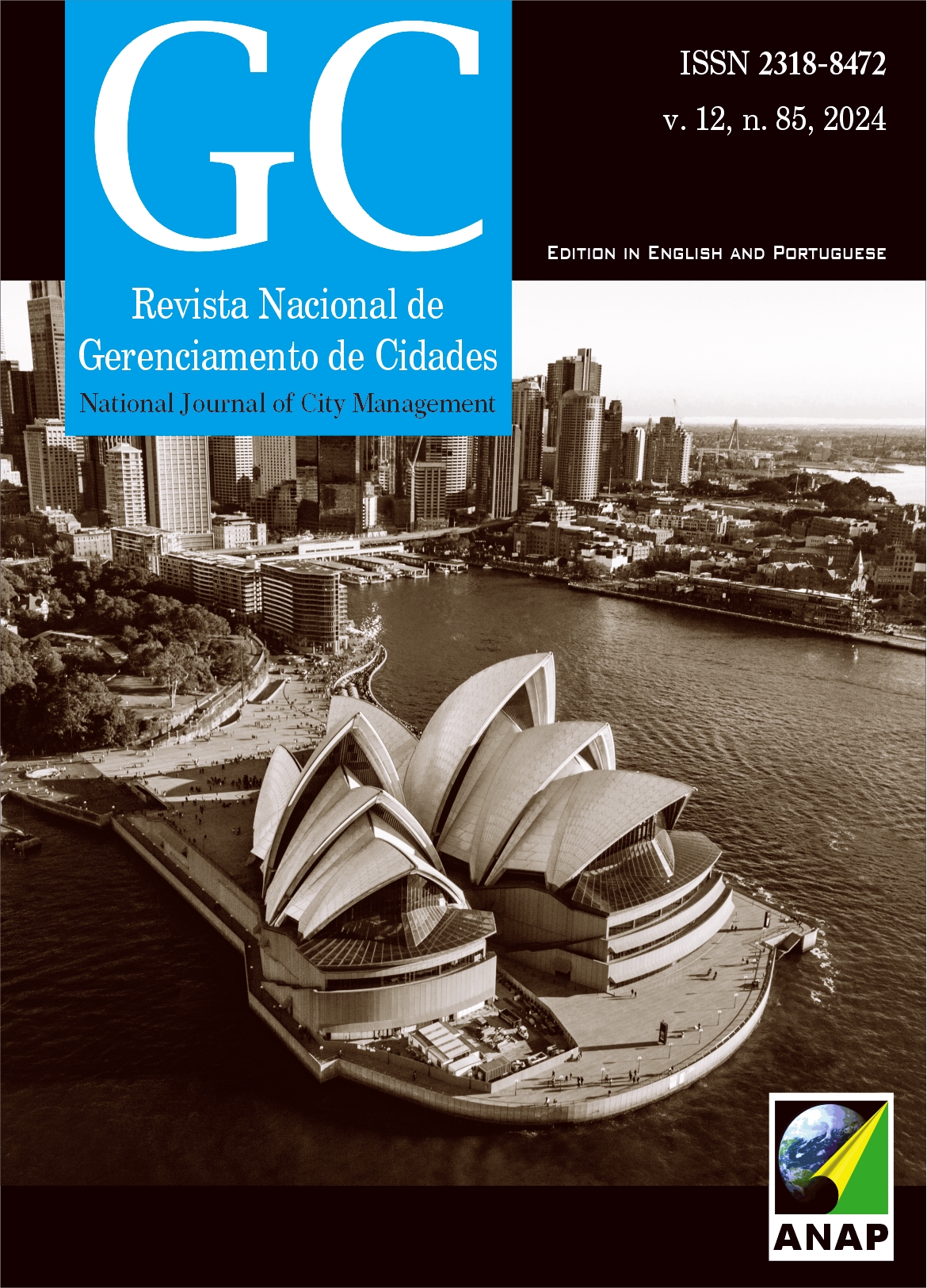Public Space: Appropriation and Valuation in the Historic Center of Cuiabá
DOI:
https://doi.org/10.17271/23188472128520244209Palavras-chave:
Appropriation, Square, Public Space, Historical CenterResumo
In 2017, through local public policies, an intervention program was implemented in squares in Cuiabá-MT, this program included the requalification of the main squares in the city's historic center. Using the two largest and most central examples as objects of study—Alencastro Square and Ipiranga Square—this essay aimed to understand the extent to which these squares, through their physical attributes, contributed to their appropriation as public spaces within the historical center of Cuiabá. With this intention, the research took on a practical nature through a case study of multiple units of analysis, selecting the historical center as the case study, and the two squares as distinct units of analysis. Issues such as the meaning of public space, and its role in the appropriation and valorization of historical centers were addressed in the theoretical review. Through the conduct of technical visits to these units, surveying and contrasting their physical aspects with the levels of appropriation observed, it was concluded that their physical attributes and central location revealed themselves as inducers of appropriation. However, differences in the conservation of these spaces showed that their potentials for sociability are impaired, resulting in less sense of belonging and consequent lower valuation of local identity.
Downloads
Publicado
Edição
Seção
Licença
Direitos autorais (c) 2024 Revista Nacional de Gerenciamento de Cidades

Este trabalho está licenciado sob uma licença Creative Commons Attribution-NonCommercial-ShareAlike 4.0 International License.















